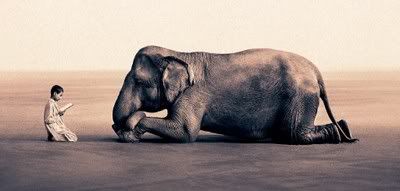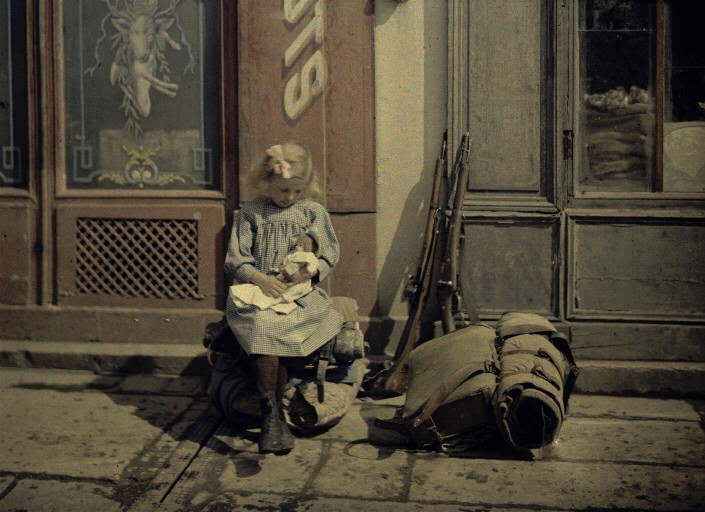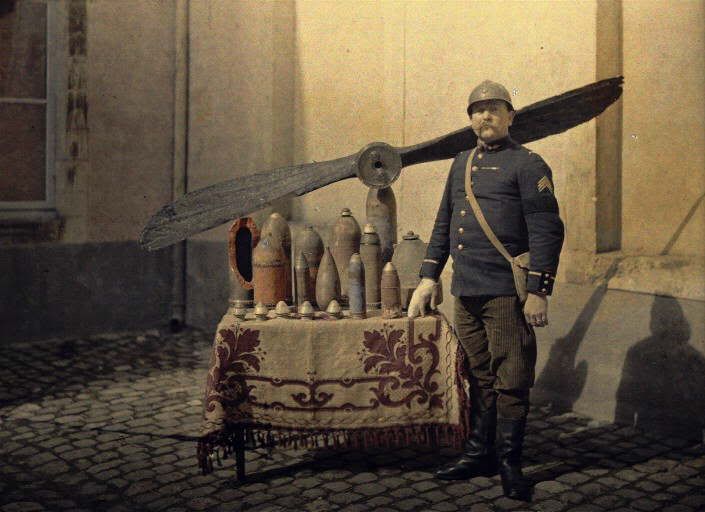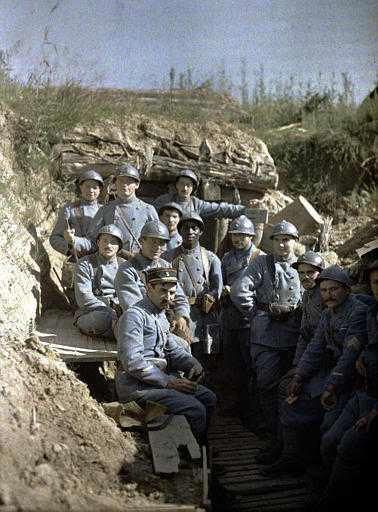Top 20 Sexiest Models 2008 (photos)
>> –
model,
photography,
portrait,
world
Art, photography, painting, sculpture, history, literature, poetry, politics, culture.










Maeda is a great japanese photographer. Another portfolio by him, here. Read more...The Transkai in South Africa is a desolate landscape which stretches as far as the eye can see. It is a different image of Africa than what you would expect. Many Xhosa people live in arid areas ( which they call home land) as a result of the Apartheid regime. During this time Native Africans were forced to live within a designated 13 percent of the country, the majority of which is arid. One Xhosa village in this homeland is “Cacadu”, located in a hilly district twelve hours by car from Johannesburg. In this area there is little rain. The land is dry and sterile. It is difficult to farm the land there, so most young people and fathers leave the village to find work. Cacadu’s population is about 1,200. The inhabitants are mostly old people, women and children. Here, the traditional lifestyle has become impossible. The villagers can only earn an income from work outside the village. This situation has not changed since the difficult Apartheid era. There are a lot of children who grow up not knowing their father’s face, another legacy left by Apartheid. The village has no modern technology, electricity or running water, so the river is indispensable. People in the village go to the river to draw water, which is about 30 minutes away by foot. Village women are accustomed to carrying the heavy buckets on their heads, and they go back home without spilling a drop of water. It is very hard work. The firewood for boiling water, invaluable for a cup of coffee or washing water, is also collected far from the village. Over the past 10 years, I have visited Cacadu many times and recorded on film the “Quiet Life” of the elderly and their grandchildren. I wanted to show the hardship of their daily lives in this environment.
There appears to be a direct relationship between my level of happiness and my distance from urban centres.
Read more...Traveling in Asia or Africa, my heart warmed to rural scenery, beautiful nature, and tolerance of people in these regions. My connection to these areas was strengthened by my recollection of my boyhood memories of the pastorial scenes of my native Japan etched in my memory. My memories of the sea, forest, waterfalls and rice fields resonated in monochrome. The existence of the rice field, the staff of life to the Japanese, has had a great effect on the scenery, culture and the sense of morality of the Japanese. However, due to unplanned development forced upon many rural areas of Japan, the beauty and history of over 2000 years of rice harvesting is decreasing every year. Fearing the loss in a few years, I hurriedly began to photograph these areas. The scenery is silent, but the power of the photograph can touch people’s mind and make them recognize the importance of the cultural icon of the rice field.
Pilgrim, Gangotori (India) - The sources of the Ganges river are popular pilgrmage destinations. This lowland pilgrim is on his way to Gangotori, one of the sources, on a hike of several days into snow. His head is well wrapped, but the rest of his clothes are skimpy. Everything else he has in his in bag.
Read more...The Tibet Album presents more than 6000 photographs spanning 30 years of Tibet's history (1920-1950). These extraordinary photographs are a unique record of people long gone and places changed beyond all recognition. They also document the ways that British visitors encountered Tibet and Tibetans.
Featuring photographs taken by Charles Bell, Arthur Hopkinson, Evan Nepean, Hugh Richardson, Frederick Spencer Chapman, Harry Staunton and the previously unidentified photographs of Rabden Lepcha.
 Jeune dame mulâtre
Jeune dame mulâtreThey carried the joys and sorrows of those living with the sea... i immersed myself in their world
"Le poète ne retient pas ce qu’il découvre ; l’ayant transcrit, le perd bientôt. En cela réside sa nouveauté, son infini et son péril"
René Char, La Bibliothèque est en feu (1956)

© Blogger template Shush by Ourblogtemplates.com 2009
Back to TOP